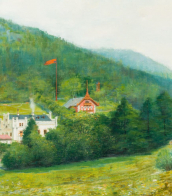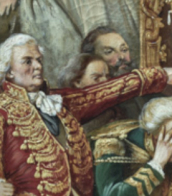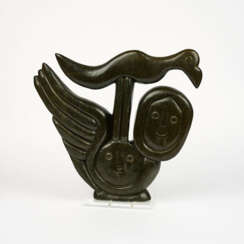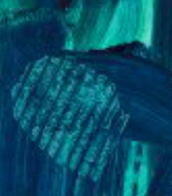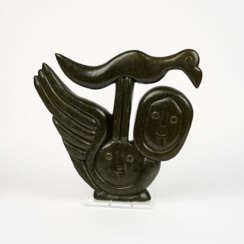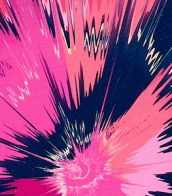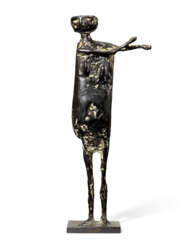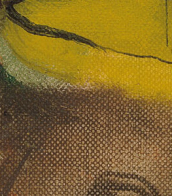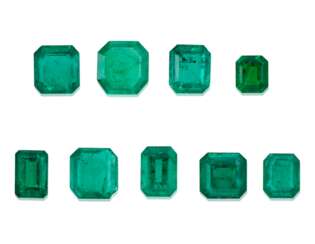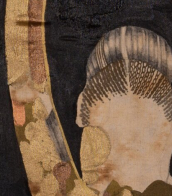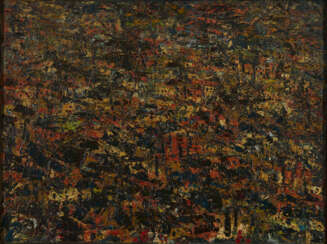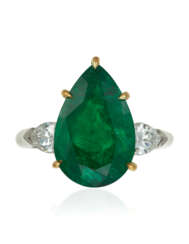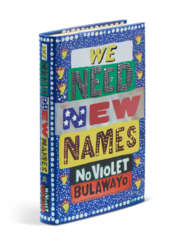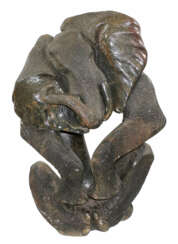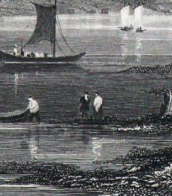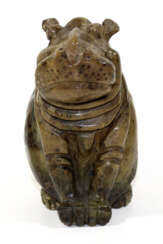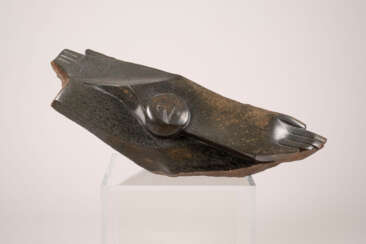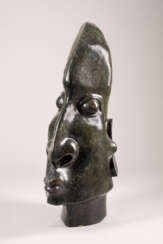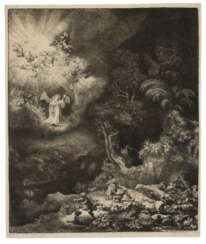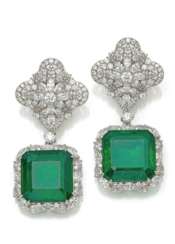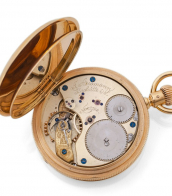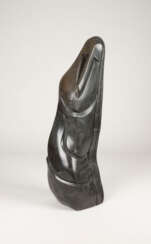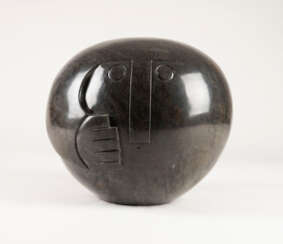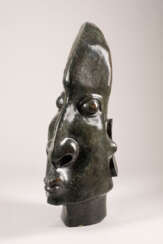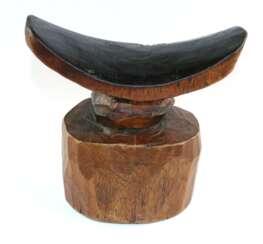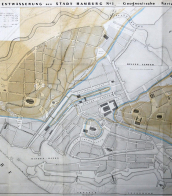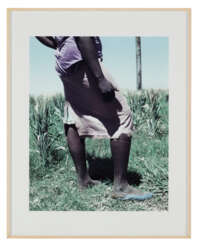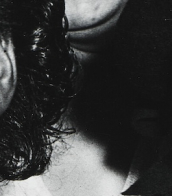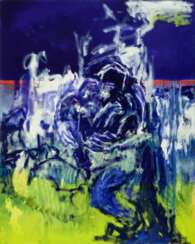zimbabwe
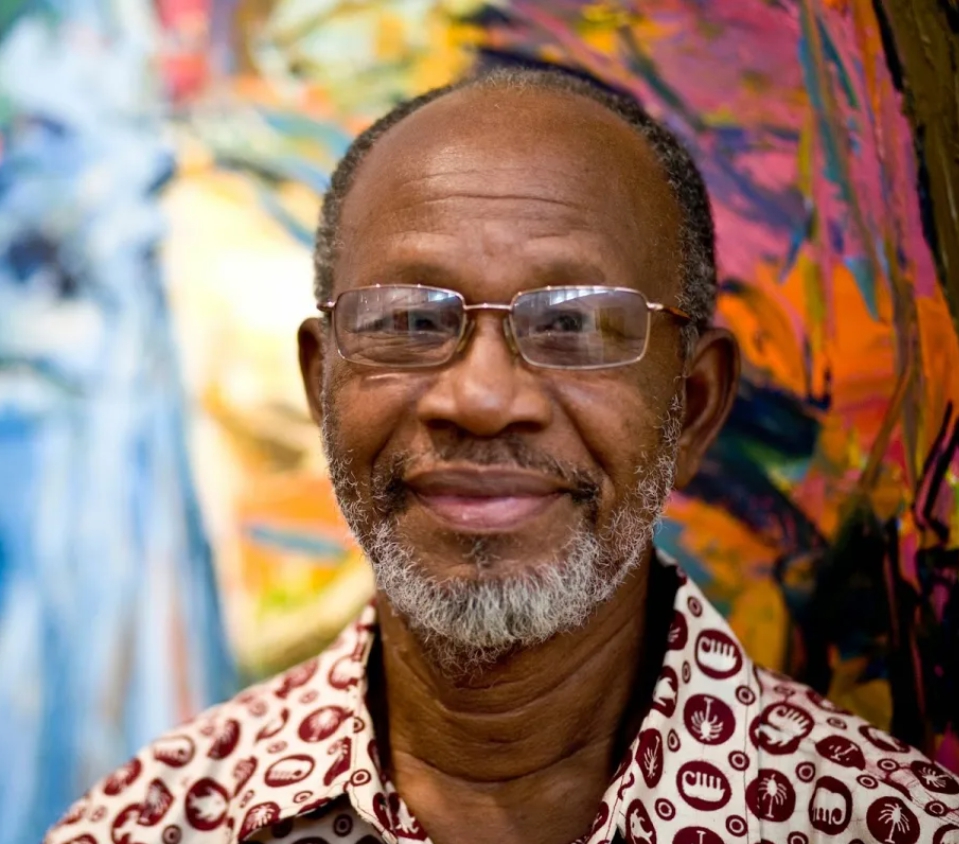
Ablade Glover is a Ghanaian artist and educator. He has exhibited widely, building an international reputation over several decades, as well as being regarded as a seminal figure on the West African art scene. His work is held in many prestigious private and public collections, which include the Imperial Palace of Japan, the UNESCO headquarters in Paris and Chicago's O'Hare International Airport. He has received several national and international awards, including the Order of the Volta in Ghana, and is a Life Fellow of the Royal Society of Arts, London. He was Associate Professor, Head of the Department of Art Education and Dean of the College of Art at the Kwame Nkrumah University of Science and Technology until 1994.
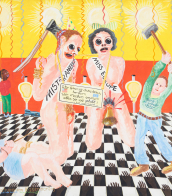
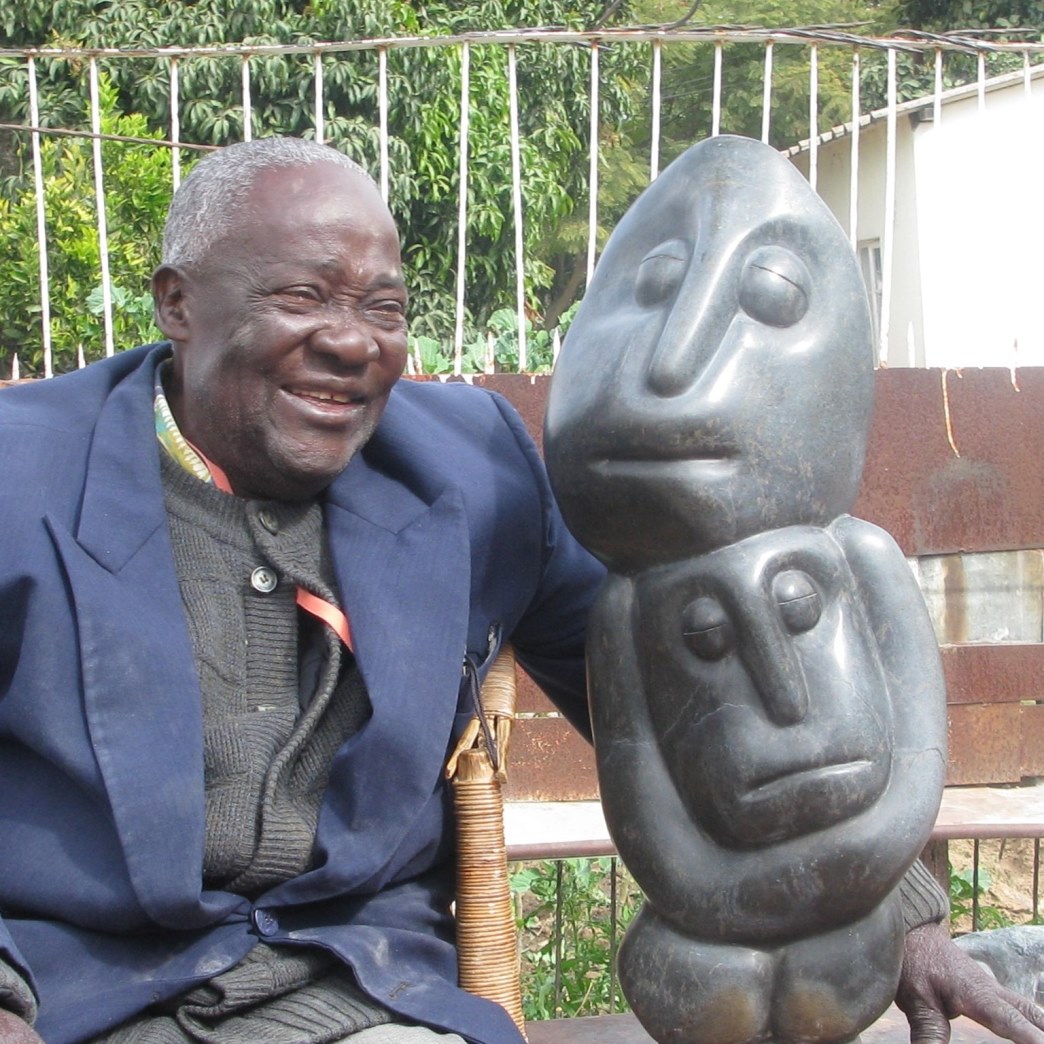
Fanizani Akuda is a self-taught sculptor from Zimbabwe, born in Zambia.
He was working as a stonemason in a quarry when he got his hands on a tool and created his first stone sculpture. With his own unique style, Fanizani was able to convey human emotion in stone with talent. His work can be recognized by the slitted eyes, rounded shapes, cheerful and smiling faces, and his themes are also happy families, human and animal interactions, often in pairs or groups. Fanizani also liked to carve whistle sculptures.
Thanks to Fanizani and his unique stone sculptures, Zimbabwe is internationally recognized today.


Fanizani Akuda is a self-taught sculptor from Zimbabwe, born in Zambia.
He was working as a stonemason in a quarry when he got his hands on a tool and created his first stone sculpture. With his own unique style, Fanizani was able to convey human emotion in stone with talent. His work can be recognized by the slitted eyes, rounded shapes, cheerful and smiling faces, and his themes are also happy families, human and animal interactions, often in pairs or groups. Fanizani also liked to carve whistle sculptures.
Thanks to Fanizani and his unique stone sculptures, Zimbabwe is internationally recognized today.

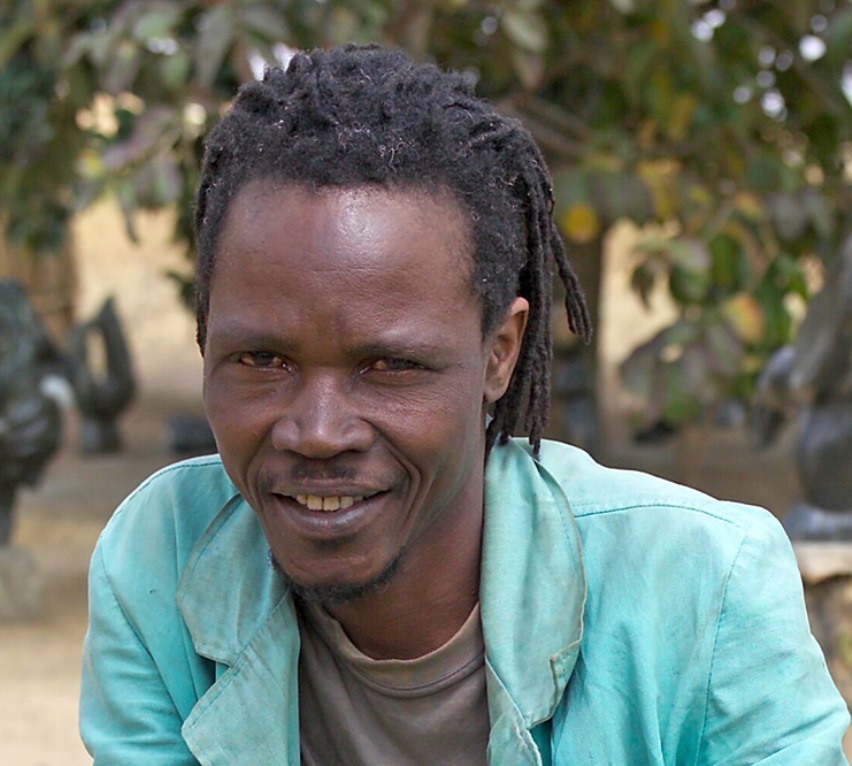
Wonder Luke is a Zimbabwean sculptor.
Like many artists in Zimbabwe, he was a simple laborer in the fields until he found himself on a sculptor's farm. Wonder Luke has found his unique style and creates human heads of various sizes, with soft and pleasing facial features and various emotions. His work is a great success among connoisseurs.


Rembrandt Harmenszoon van Rijn, a Dutch Baroque painter and printmaker, was born on July 15, 1606, in Leiden, Netherlands, and died on October 4, 1669, in Amsterdam. He is celebrated as one of the greatest storytellers in art history, acclaimed for his adept portrayal of human emotions and dramatic narratives. Rembrandt's extensive oeuvre includes portraits, self-portraits, landscapes, genre scenes, allegorical, historical, and biblical themes, as well as animal studies. His artistry shined during the Dutch Golden Age, a period marked by cultural and scientific achievements in the Netherlands.
Rembrandt's education in art began around the age of 10 when he left the Latin School in Leiden to train as an artist. He apprenticed with artists like Jacob van Swanenburg and Pieter Lastman, mastering various aspects of painting. He opened his own studio in Leiden around 1624 or 1625, sharing it with his colleague Jan Lievens. By 1631, he had moved to Amsterdam, where he achieved significant success and trained many important Dutch painters.
Among Rembrandt's notable works are "The Anatomy Lesson of Dr. Nicolaes Tulp" (1632), "The Night Watch" (1642), and "The Syndics of the Amsterdam Drapers’ Guild" (1662). He was also renowned for his self-portraits, creating around 80 over his lifetime, more than any other artist until the 20th century. These self-portraits were not just artistic endeavors but also experiments with facial expressions and lighting effects. Additionally, Rembrandt was a master etcher, transforming etching from a reproductive technique into an art form.
Rembrandt's painting style is characterized by its dramatic use of light and shadow, known as chiaroscuro. His ability to depict materials realistically was unparalleled; his portrayal of metals and fabrics was so lifelike that they appeared to glow and be tangible. He was also known for his impasto technique, applying paint thickly to the canvas, adding a three-dimensional quality to his works.
Despite his artistic prowess, Rembrandt faced financial difficulties and personal tragedies throughout his life. He declared bankruptcy in 1656, a downfall attributed partly to his extensive collection of art objects and curiosities. His masterpieces, however, continued to garner appreciation and influence generations of artists that followed.
For collectors and experts in art and antiques, Rembrandt's works represent a pinnacle of artistic achievement in the Dutch Golden Age. His mastery in portraying the human condition and his innovative techniques in painting and etching make his works highly prized and influential in the art world.
To stay updated on new product sales and auction events related to Rembrandt van Rijn, sign up for our updates. This subscription service is dedicated exclusively to news and events concerning works related to this unparalleled master of the Dutch Golden Age.


Ablade Glover is a Ghanaian artist and educator. He has exhibited widely, building an international reputation over several decades, as well as being regarded as a seminal figure on the West African art scene. His work is held in many prestigious private and public collections, which include the Imperial Palace of Japan, the UNESCO headquarters in Paris and Chicago's O'Hare International Airport. He has received several national and international awards, including the Order of the Volta in Ghana, and is a Life Fellow of the Royal Society of Arts, London. He was Associate Professor, Head of the Department of Art Education and Dean of the College of Art at the Kwame Nkrumah University of Science and Technology until 1994.
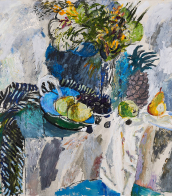

Fanizani Akuda is a self-taught sculptor from Zimbabwe, born in Zambia.
He was working as a stonemason in a quarry when he got his hands on a tool and created his first stone sculpture. With his own unique style, Fanizani was able to convey human emotion in stone with talent. His work can be recognized by the slitted eyes, rounded shapes, cheerful and smiling faces, and his themes are also happy families, human and animal interactions, often in pairs or groups. Fanizani also liked to carve whistle sculptures.
Thanks to Fanizani and his unique stone sculptures, Zimbabwe is internationally recognized today.


Fanizani Akuda is a self-taught sculptor from Zimbabwe, born in Zambia.
He was working as a stonemason in a quarry when he got his hands on a tool and created his first stone sculpture. With his own unique style, Fanizani was able to convey human emotion in stone with talent. His work can be recognized by the slitted eyes, rounded shapes, cheerful and smiling faces, and his themes are also happy families, human and animal interactions, often in pairs or groups. Fanizani also liked to carve whistle sculptures.
Thanks to Fanizani and his unique stone sculptures, Zimbabwe is internationally recognized today.

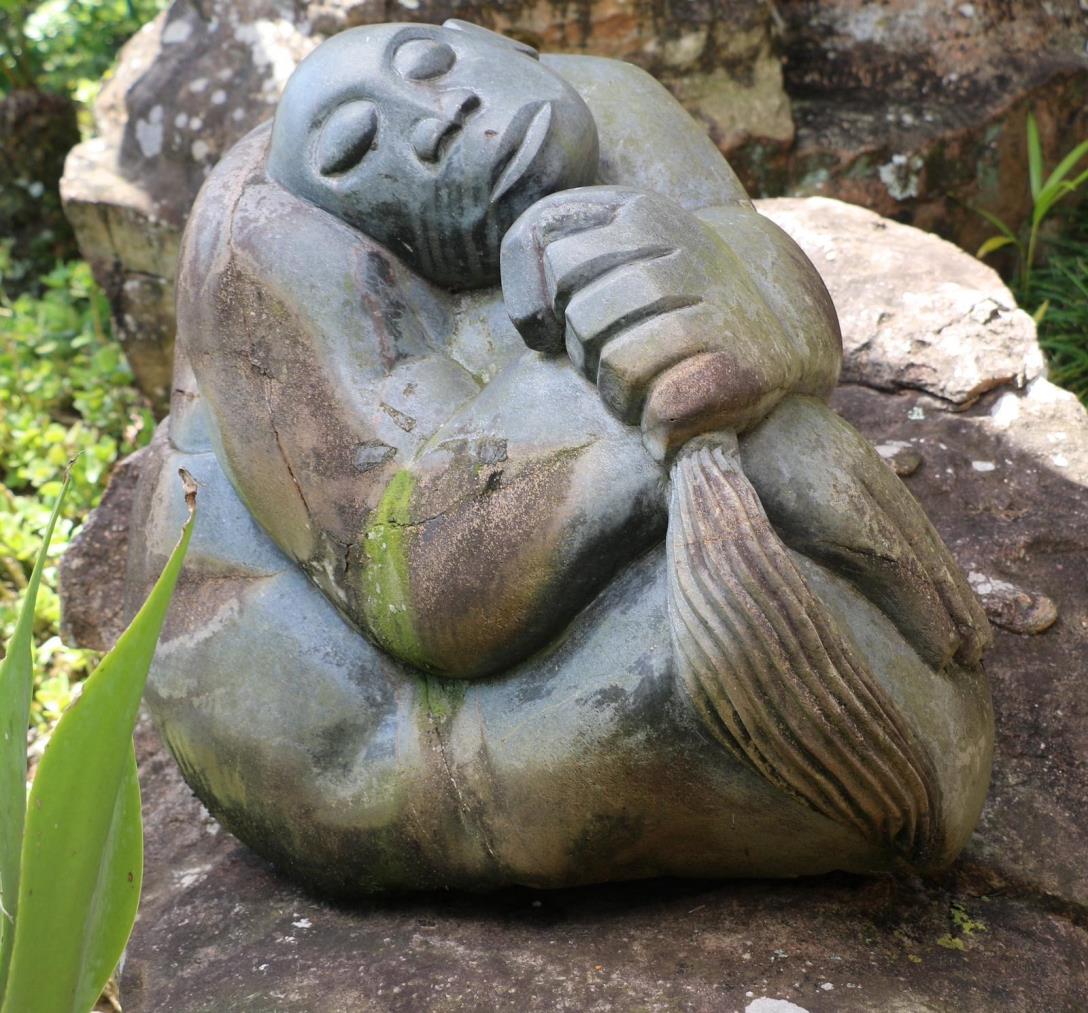
Joseph Ndandarika is a Zimbabwean sculptor known for his figurative works.
At first he specialized in pictorial landscapes and witchcraft scenes. In 1962, Ndandarika became known for his work Bushmen Running from the Rain. Gradually he switched to stone sculpture, depicting mainly domestic scenes. During the Zimbabwean art revival of the 1980s he was one of the country's first prominent sculptors.

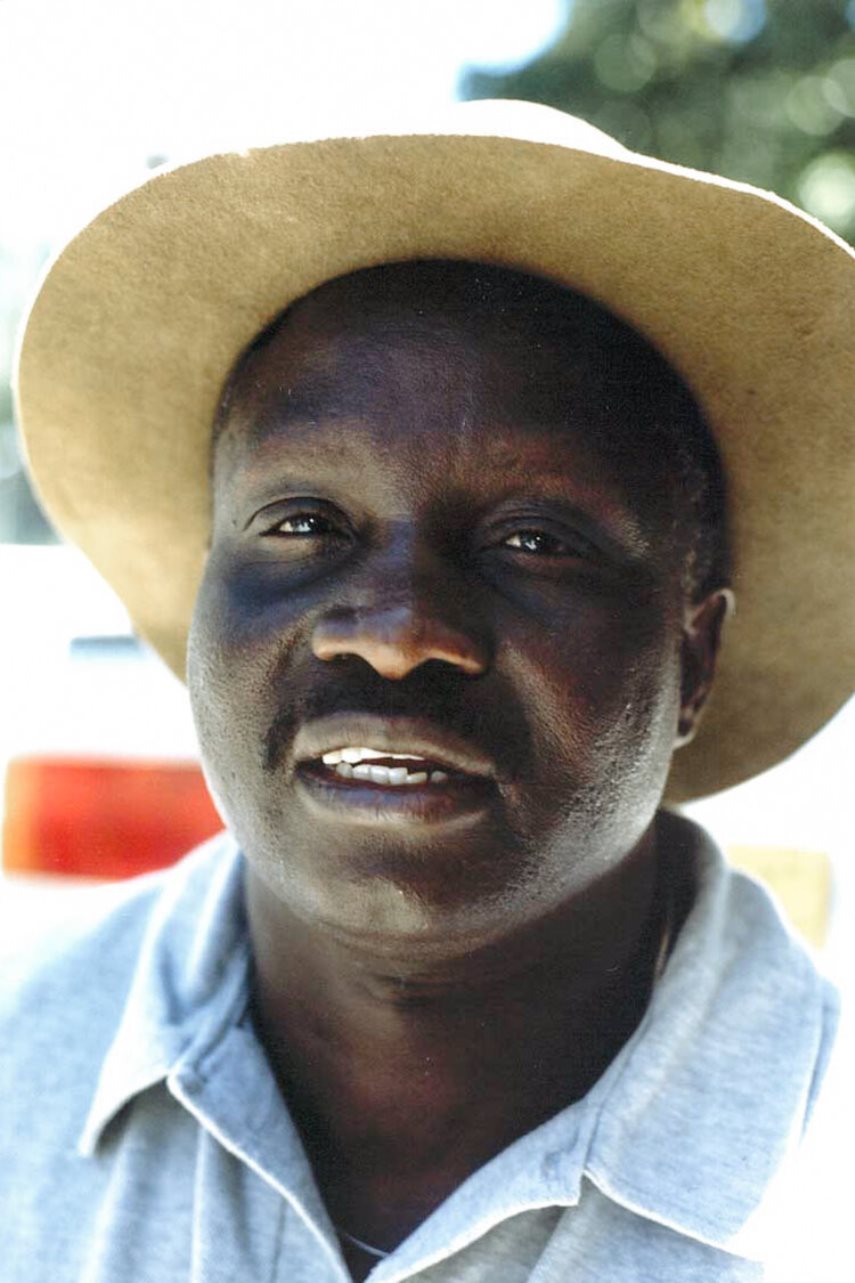
Richard Mteki is a Zimbabwean sculptor and master stone carver.
Influenced by his older brother, sculptor Boira, he began sculpting at the Nyarutsezo Art Center in the 1960s. And Richard is considered one of Zimbabwe's most successful artists. The power and fluidity of the lines of his unique sculptures demonstrate his remarkable talent.
Mteki is a first-generation sculptor who draws most of his work from the beliefs of the Shona people, although he is also inspired by nature, depicting animals in his own unique style. For Mteki, the form of raw stone is important, and he prefers to work with the stone rather than impose his will on it.


Henry Munyaradzi, known simply as Henry, is a self-taught Zimbabwean sculptor, a representative of "shona sculpture.
Before he got his hands on an instrument, Henry was a common laborer and never attended school. His sculptural work combines the simplicity of the primitive with stylized sophistication. He has great respect for the stone he uses and is often inspired by the original form. Henry has achieved outstanding success internationally, holding individual and group exhibitions around the world.


Wonder Luke is a Zimbabwean sculptor.
Like many artists in Zimbabwe, he was a simple laborer in the fields until he found himself on a sculptor's farm. Wonder Luke has found his unique style and creates human heads of various sizes, with soft and pleasing facial features and various emotions. His work is a great success among connoisseurs.



